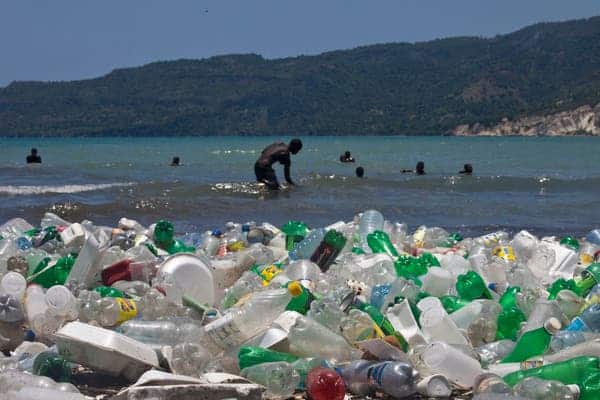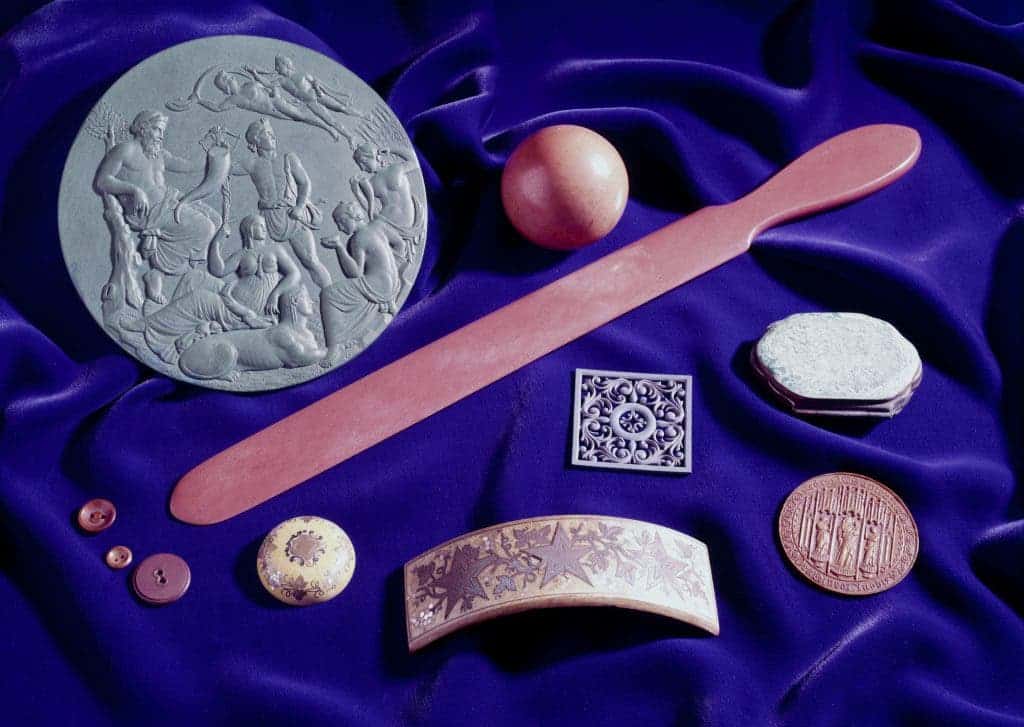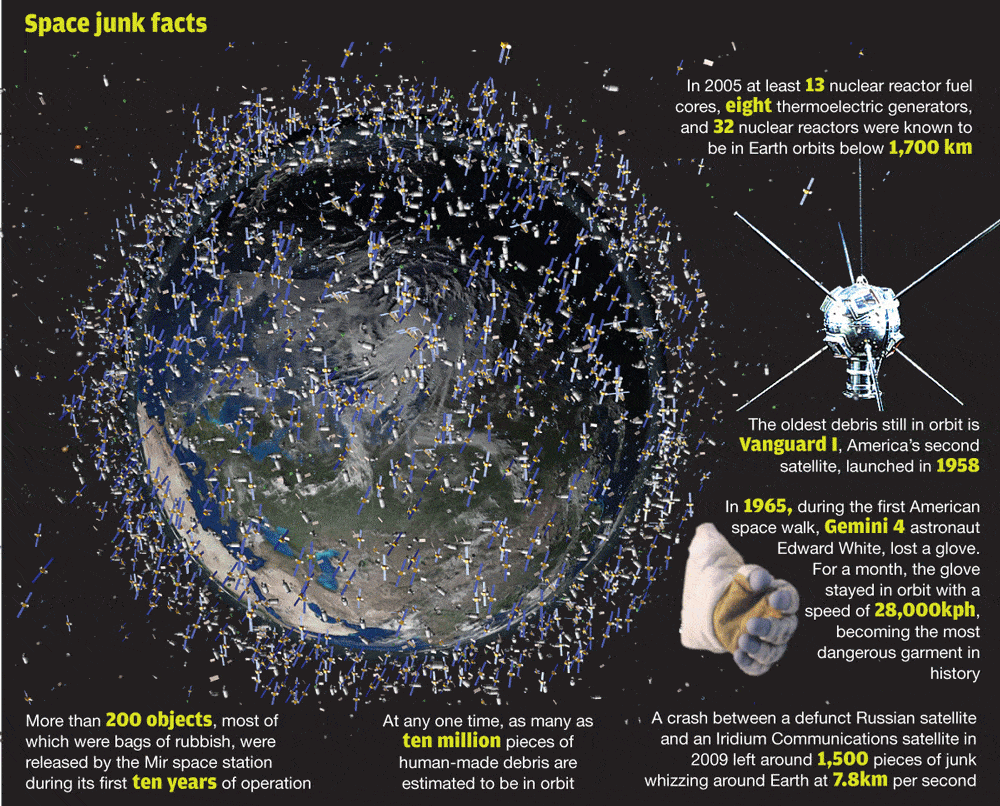Before WWII, there weren’t that many plastics around. Today, we use so much that we could literally plaster the planet in one giant clingfilm. A paper published in the journal Anthropocene reviews the state of plastic production, use and pollution and concludes that no place on Earth has been spared.

Plastics are, chemically speaking, polymers — very, very long repetitive molecules most of which are primarily made of carbon. To make a polymer, you just have to react a molecule with itself again and again. Think of a bycycle chain. You attach one link, and you click on the next one and the next one and the next one, almost ad infinitum. DNA is a polymer too, but no one calls it plastic. In fact, when and where a material is called ‘plastic’ seems very arbitrary. Generally speaking though, plastics are those polymers derived from petroleum, though some natural polymers are called plastic, consisting of any of a wide range of synthetic or semi-synthetic organics.
In the course of history, humans found many uses for polymers. One of them is wood of course. Half of all wood is pure cellulose. Some 3,500 years ago, the Olmecs in Mexico made balls out of rubber. When French explorer Charles-Marie de La Condamine discovered the rubber tree in the XIXth century, the stage was set for a blooming new industry. But it wasn’t until businessmen like the American Charles Goodyear and the British Thomas Hancock entered the scene, secured patents and began selling vulcanized tires by the millions throughout the world. The closest thing to what we’d call nowadays modern plastics was nitrocellulose or “Parkesine”, named after its inventor Alexander Parkes, who put it on display at the 1862 international exhibition in London. Early examples of products made out of Parkesine include printers’ moulds, cutlery handles, buttons, combs.

It wasn’t until Leo Baekeland synthesized plastic from fossil fuels in 1907 that the floodgates were open. In 1920 and 1930s, plastics were quite fashionable. Everyone wanted plastic stuff. Ceramics were durable but had the knack to break. Plastics could also be molded into any shape and stay in that shape. Everyone loved plastic. During WWII, phenomenal amounts of plastic were made to support the war effort. After the war, a lot of petrochemical plants were faced with a predicament — who wants plastic now? Mass consumer goods came to the rescue. Since then, plastic has been turned into virtually anything with production soaring year in, year out. There are literally now hundreds of thousands of different kinds of polymers.
Professor Jan Zalasiewicz, of Leicester University, the lead author of the paper published in Anthropocene, says 300 million tones of plastic are manufactured each year. “In 1950, we virtually made none at all. It is an incredible rise,” he told The Guardian. “The total amount of plastic produced since the second world war is around 5 billion tonnes and is very likely to reach 30 billion by the end of the century. The impact will be colossal,” he added.
According to the paper, plastic not only litters the oceans contaminating marine life and birds with microplastics (as well as the whole food web), but also the ocean’s floor. Nevermind coasts, forests and other areas we like to think of as ‘pristine’. It’s even in the Arctic.

Earlier this month, Zalasiewicz co-authored another paper that argued humanity has changed the Earth so much that we’ve basically created a new geological era, one that scientists call the Anthropocene, ZME Science reports. In effect our species is altering the planet’s geology. There’s radioactive isotopes from nuclear bombs that can be traced many years from now to us. Huge amounts of carbon into the atmosphere and oceans, concrete manufacturing or aluminum mining are just a couple of other things that help alter the planet. Plastic is also very important, though very briefly touched upon in the paper published in Science.
In his new paper, Zalasiewicz claims that plastics play a far greater role in altering the planet and molding the Anthropocene (a whole geological era made by man; let that sink in for a moment) than some care to think. “Just consider the fish in the sea,” he said. “A vast proportion of them now have plastic in them. They think it is food and eat it, just as seabirds feed plastic to their chicks. Then some of it is released as excrement and ends up sinking on to the seabed. The planet is slowly being covered in plastic.”
What makes plastic so attractive is its durability. It’s also what’s slowly giving the planet migranes. Organisms haven’t had the time to evolve to digest these complicated and alien materials. There’s no firsthand evidence of the decomposition rate of plastics since they’ve only been around for 50 years or so. They could last for thousands of years in the ground or … forever, for what we know.
“Plastics are already widely dispersed in sedimentary deposits, and their amount seems likely to grow several-fold over the next few decades. They will continue to be input into the sedimentary cycle over coming millennia as temporary stores – landfill sites – are eroded. Plastics already enable fine time resolution within Anthropocene deposits via the development of their different types and via the artefacts (‘technofossils’) they are moulded into, and many of these may have long-term preservation potential when buried in strata,” the authors write in the paper’s abstract.
Imagine people from a distant civilization thousands of years from now going fossil hunting though North America’s badlands, only to find plastic bags instead of pterodactyls. How disappointing.






